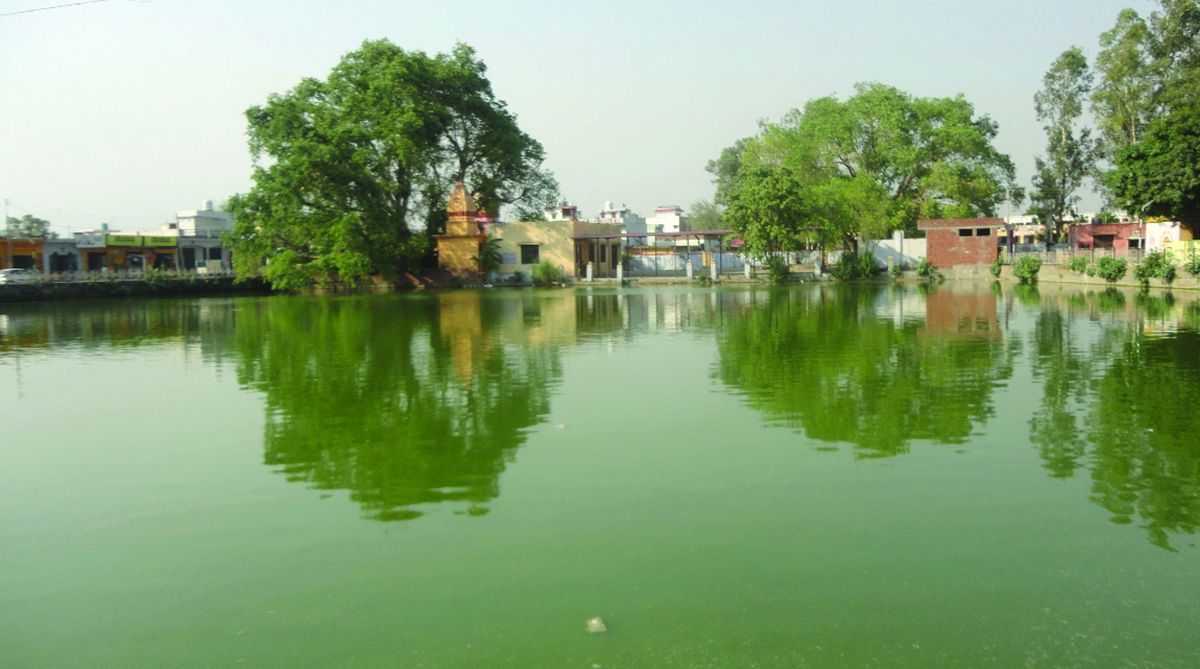Ponds in the villages of North India, particularly Jammu & Kashmir and Punjab, that have over the years been an essential part of rural life are vanishing fast as piped drinking water and borewells have replaced them to meet the demand for water.
The ponds have vanished in most villages but a few have maintained the traditional water bodies that has helped keep the surrounding lands fertile.
While there is hardly any visible initiative by the J&K government to clean and desilt the ponds, but in neighbouring Punjab, a thrust has been given under the Tandrust Punjab scheme.
The ponds in and around Jammu have either dried up or have become dumping grounds for filth of the village. Perhaps the only well-maintained village pond was near Thandi Khui on the Jammu-Pathankot highway.
There were reports that the land mafia was allegedly drying up a couple of ponds in villages around Jammu to construct housing projects. Ponds were an essential part of village life in yesteryear when almost every village would have its own pond as a result of which the term “water crisis” was unknown.
The district administration of the Kandi area of Mansa in Punjab has initiated cleaning of all 22 ponds in the area. The biggest pond was of 22 acres, said Gurmeet Sandhu, the district’s additional deputy commissioner (D). However, such an initiative is lacking in J&K where several ponds existed during the regime of Dogra rulers.
Rapid urbanisation was one of the reasons for the vanishing of the six ponds in Jammu. The civil secretariat is built over an ancient pond and the temple exists under the legislature complex.
During a recent visit to Kathua district’s Rassana village that was in the news following rape-murder of a minor girl, this correspondent came across an ancient pond that seems not to have been cleaned for several years. However, the well-built brick wall around the pond indicates that it might have in the past been the most happening place of the village.
A resident of the village, Bhagmal, said in the past people used the pond’s water for drinking purposes but now no one goes there as tap water has reached all households.
Upkeep of water bodies has been the lowest priority of successive governments in the state. Take the example of the iconic Dal and Nagin lakes in Srinagar that have been allowed to become virtual sewage dumps of the city.
The Jammu Municipal Corporation and the Rural Development Department (RDD) have miserably failed to protect the traditional water bodies that remained the water source in parched areas of the state. The RDD claims to have spent over Rs 17 crore on preservation of 1053 ponds in the Jammu division but in reality the ground situation does not match their claim.
Residents in the worst water-scarce Samba district have preserved the ponds in the Rahya and Suchani villages. However, the rainfed ponds in several villages go dry during the peak summer.











